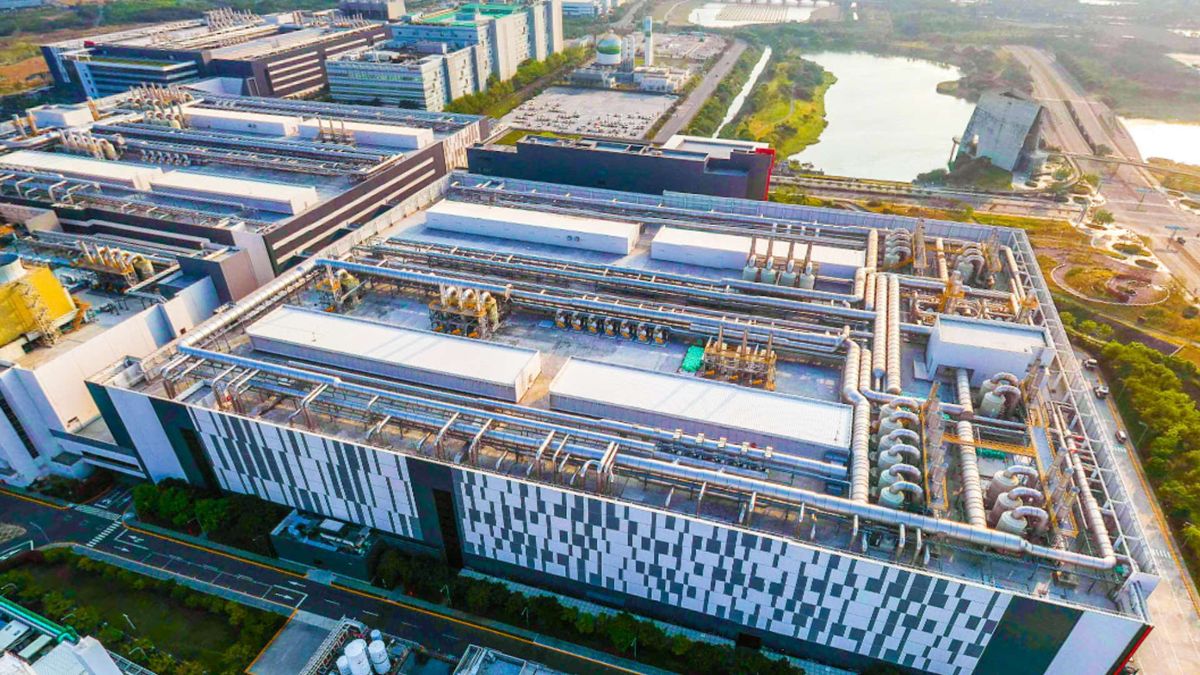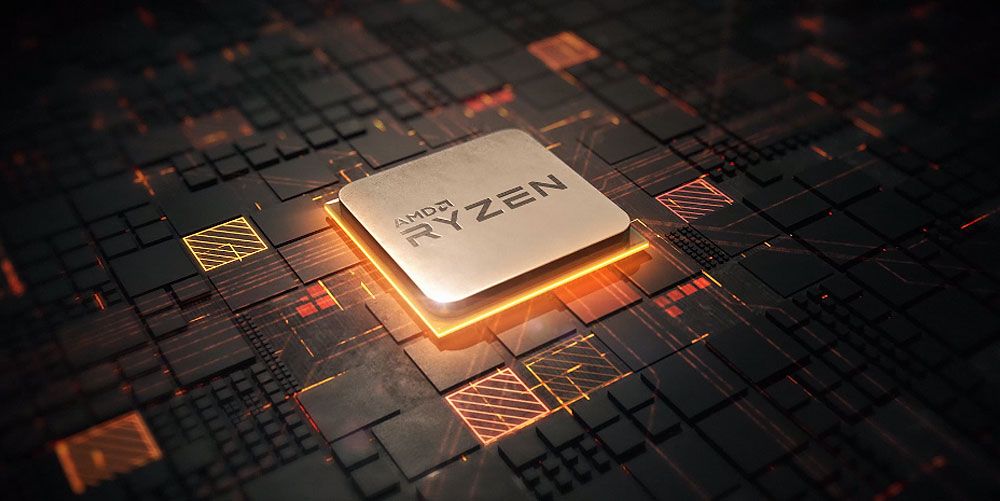The semiconductor shortage is some of the biggest and most persistent news in electronics hardware, and has been for a few years now. We’ve been constantly reporting on products affected by the supply chain issues, from GPU price hikes, truck heists, and severe DDR5 shortages that aren’t likely to let up anytime soon. It even brought up the price of the ever beloved tiny PC solution Raspberry Pi for the first time in ever. And while company’s have been working hard to develop more infrastructure for silicon production, that may well be only half of the problem.
According to Nikkei Asia, a skills shortage might be the next biggest hurdle towards semiconductor shortage. Taiwan is a hot spot for semiconductor production with world leading chip maker TSMC claiming residence.
Tips and advice
How to buy a graphics card: tips on buying a graphics card in the barren silicon landscape that is 2021
Taiwan is also home to PC hardware’s best trade show, Computex, which is said to be returning to Taipei this year. And it houses the prestigious microelectronics school, Yang Ming Chiao Tung University where students are getting their pick of potential job prospects often before they even graduate.
One student, Ken Wu, who’s doctorate won’t even be complete until June this year, has already spent the last two years being headhunted by potential employers. Wu explained that despite not even being able to take a fulltime job due to his studies, companies are constantly trying to schedule interviews with him about future employment. With so many choices on offer, Wu is set to take a role as a senior engineer later this year. He’ll be working with Taiwan’s Macronix, which supplies specialised memory to Apple, Nintendo, and BMW.
Wu’s story doesn’t seem unique, and jobs are ripe for the picking for many soon-to-be graduates in Taiwan. Nikkei Asia also talked to hiring companies and government officials about the current situation. The consensus is that the current demand for trained and skilled talent in the industry is dire, perhaps even more so than the components themselves.
With over 2,000 jobs currently unfilled and more likely to crop up as infrastructure increases are implemented to meet demand, it seems the bottleneck may shift sooner than later. Let’s hope they at least see enough typhoons this year.


